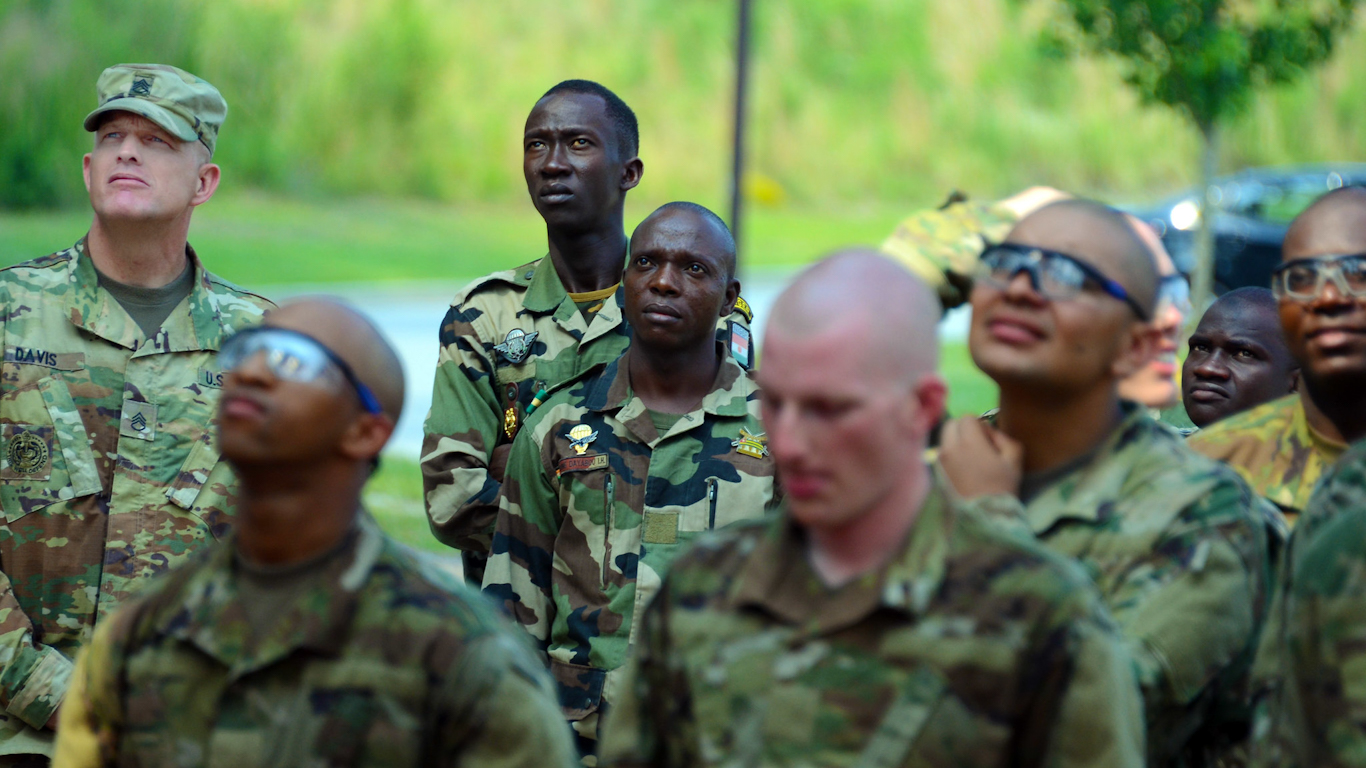

The invasion opened three fronts simultaneously–north, centre and south–in order to destroy the Ukrainian air force and as much equipment as possible in the first few hours and disorganise the Ukrainian counter-attack. Within ten days (recognition of the republics, cooperation agreement and start of the military operation), they decided to attack first in order to pre-empt the Ukrainians.Īnd instead of attacking the well-equipped and heavily fortified Ukrainian army forces head-on, it was decided to bypass them with a large-scale encirclement/diversion manoeuvre. response to their proposals, Blinken-Lavrov meetings in Geneva in January, Zelensky’s call for calm and Macron-Scholz mediation in February–did not clarify the situation and amounted to a classic stalling tactic, the Russians reacted in a masterful and at the same time very risky way. When the Russians realised that NATO’s diplomatic moves–no U.S. Incidentally, this also explains why the USA has repeatedly announced a Russian attack since the autumn: they knew that, one way or another, it would come to war.Improvised because the Russian response was made under time pressure. The aim was to repeat the “Operation Storm” launched by Croatia against the Serbian Krajina in August 1995 and to take the Donbass in a lightning offensive, without giving the Russians time to react, in order to gain control over the entire Ukrainian territory and enable the country to join NATO and the EU quickly.

The concentration of Ukrainian troops in the Donbass since last summer, the massive arms deliveries by NATO in recent months, the accelerated combat training of Azov regiments and the army, the intensive shelling of Donetsk and Lugansk by the Ukrainians from 16 February onwards (all this was ignored by the Western media, of course), prove that Kiev had planned a large-scale military operation for the end of this winter. Inevitable because since Zelensky’s declaration of his intention to retake Crimea by force in April 2021, Ukrainians and Americans had decided to trigger the war no later than early this year. The analyses of the most qualified experts (I am thinking especially of the Americans John Mearsheimer and Noam Chomsky), the investigations of investigative journalists like Glenn Greenwald and Max Blumenthal, and the documents seized by the Russians–for example, the intercepted communications traffic of the Ukrainian army from 22 January and the attack plans seized on a computer left behind by a British officer–show that this war was both inevitable and highly improvised. I am of the opinion that morality is a very poor advisor in geopolitics, but in human affairs it is appropriate: the most uncompromising realism does not prevent us from investing time and money, as I am doing, to alleviate the fate of the population affected by the fighting. They will not like what is about to come, and it will save them heartburn and the time they would waste denigrating me. However, a quick ceasefire is not to be expected: the Americans and the Ukrainians have not yet lost enough and the Russians have not yet won enough to cease hostilities.īefore I continue with my reflections, however, I would like to ask those who do not share my realistic view of international relations to put this text aside. While negotiations seem to be progressing and the first contours of a possible solution in Ukraine are emerging (neutrality and partial demilitarisation of the country, handover of the Donbass and Crimea), the background to the conflict is beginning to be better understood.


 0 kommentar(er)
0 kommentar(er)
